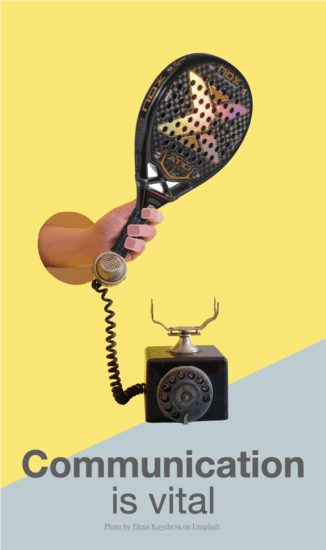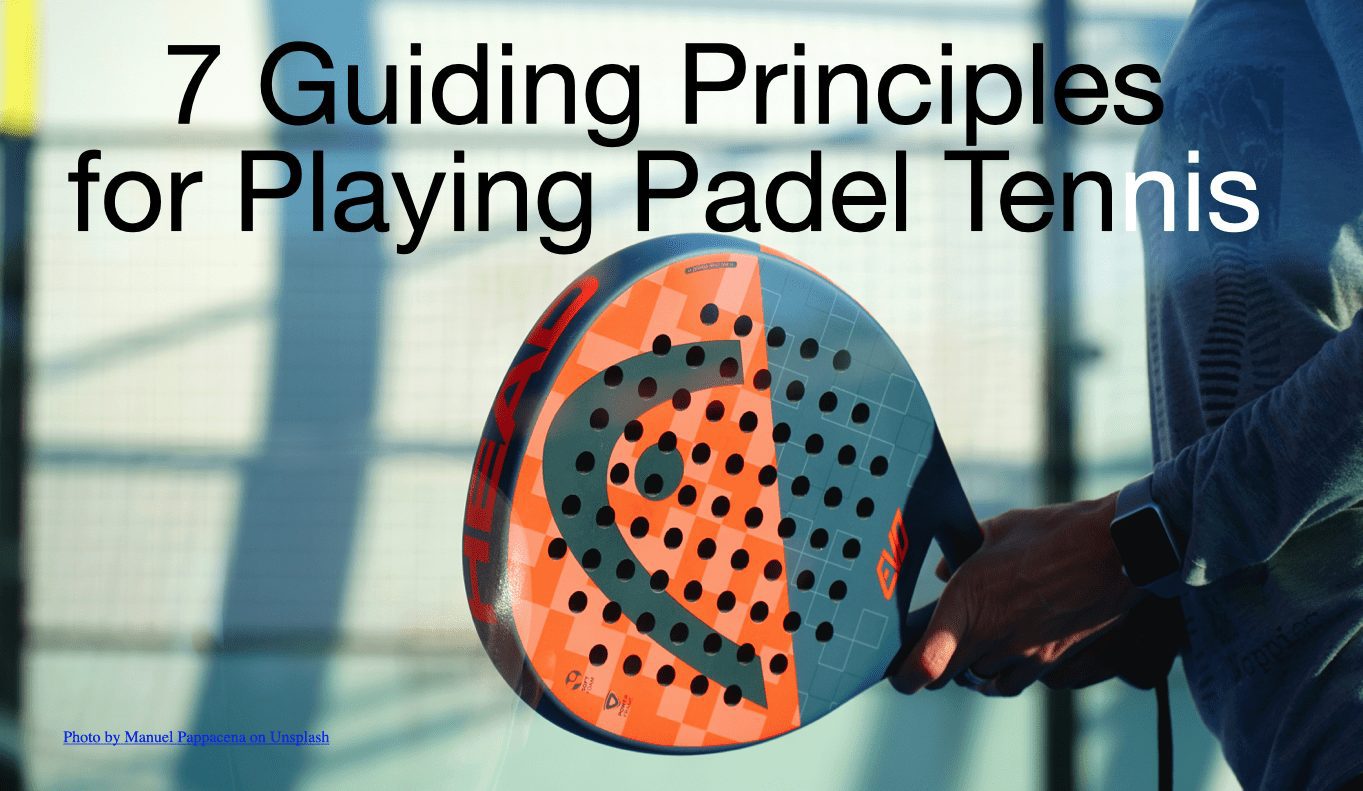With padel tennis blossoming all around the world (and now accelerating at a rate of knots in the UK), people are picking up a bat and discovering padel tennis at an impressive clip. New players come to padel tennis through a variety of ways, each having some advantages and disadvantages. The majority probably come from lawn tennis, although at this point there is now a large crop of pure players who’ve only really known padel. Another contingent come from squash (especially in countries where squash is popular). Otherwise, it’s a combination of racquet sports, that include badminton, table tennis, real tennis, racquets, and the variety of other mini-tennis games, such as POP tennis, Platform tennis or Pickleball. So, depending on and no matter where you’re coming from, you’ll inevitably have some adapting to do. Padel tennis has its own vocabulary, strokes and many tactical particularities and peculiarities to learn. For individuals who are beginning up to intermediate level, here are some guiding principles that might help adjust your mindset and organize your shot-making. Vamos!
Seven guiding principles

- The wall’s your friend. Whenever possible, you should let the ball bounce off the back wall. You can then either reset the point or even dictate the state of play if it bounces far enough back toward the net. Remember to get behind the ball and advance with it as you’re striking it off the wall.
- It’s better to be upset about silly mistakes than happy about good shots. I learned this one from my pro cousin, Nallé. It’s really all about keeping the ball in play, using the percentage shots and only going for the winners when you have a high degree of confidence.
- >30% of shots (from the back) should be lobs. Lobs are a huge part of the game. Getting the height and depth right is an entire artform. Playing diagonal lobs will give you a larger target zone.
- 80% of drives and serve returns should be down the (larger) middle when the opponents are at or coming to the net. Knowing that the margin for error is smaller down the sides because of the risk of hitting the side walls/netting, it’s safest to aim down the larger middle of the court (i.e. down the center or at the players). Importantly, you will also create the potential for confusion as to whose ball it is. Similarly, when you’re at the net, it’s also a good idea to hit balls down the center.
- Weight, length and spin OVER power. Padel is not a power game. Of course, there are times where the smash “por 4” or “por 3” will be in order. Otherwise, it’s best to concentrate on getting good length and weighted pace and/or a cut spin.
- Own the net, but don’t rush it. On serve, you need to take the net right away. But it’s relatively easy to get dislodged with a good lob. When you’re back, it’s better to wait until you get a good lob or a drive that goes through before you take the net. Secret (advanced) tactic: try a chiquita where you just drop the ball in over the net at the feet of those at the net. If it’s a good one, they’ll pop the ball up for you to spring an attack!
- Communication is vital between you and your partner. When you watch the pros, they are constantly talking to one another throughout the point. This is something counter the culture of many sports, such as lawn tennis. Padel is essentially a doubles (and rather social) game. Dealing with so many lobs up in the air or having to race back to pick up balls off the back wall, you are frequently not aware of your opponent’s movements. You partner should be helping to guide you and vice-versa. You’ll also see players reconnecting between every point, regardless of the errors (silly as some of them may be!). You should keep encouraging one another, and exchange regularly on tactics, shot selection, serve choices, etc.
4 golden rules of padel tennis
As I’ve written before, it’s worth stating the four golden rules of padel tennis that have underridden my long-term love of the game.
- Have fun.
- Try not to get injured.
- Try to play well.
- Try to win.
In that order.
Other articles on padel by Minter Dial & family
- The Real history of Padel (page 30) by my father, Victor Dial in The Bandeja magazine.
- The state of padel around the world in 2021 (new update coming soon)
- Spanish vocabulary, shots and insights about padel tennis
- Difference between padel, paddle, pop and pickleball












Well written Minter. And pretty concise.
You may want to add “Wall is your friend, stay close to it”
For tennis players, be in the “let every ball go to the wall” frame of mind. You always have time to adjust and play before the wall if the ball doesn’t get there. To the contrary, if your mind is set to play the ball as it comes fast, you never have the time to adjust and play it after the wall. Finally, “Padel is not won with winners but it is lost with unforced errors” lower your ego and expectations. Start by not missing before trying to hit winners
I think the idea of having tennis players keeping their derriere near or touching the back glass is a supreme way of undoing the tennis mindset (half volleys and ground strokes…). One thing I encourage is for players to get started with using the wall during the warm-up, to figure out the length and pace and how the ball will be reacting off the wall…
And about the point about losing with unforced errors is sooooo true.
MANY THANKS Nallé for adding these extra insights.